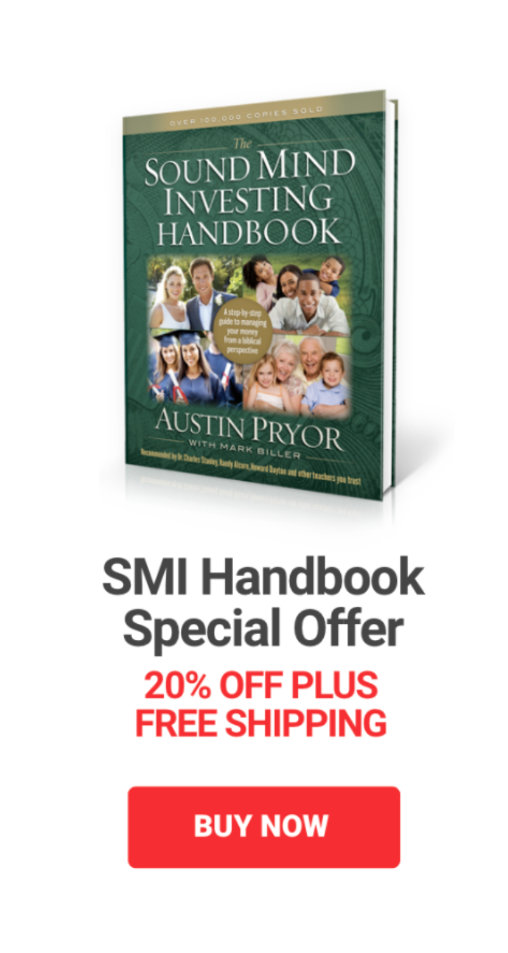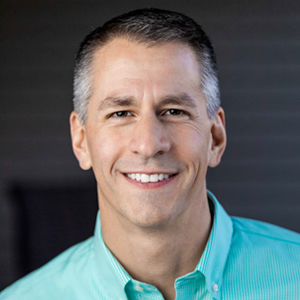We sometimes get questions from prospective members who are retired, asking whether our investment strategies and editorial content would be helpful for them. Their perception is that our focus is on people who are preparing for retirement, not living in retirement. We’re always glad to get that question because we believe SMI has a lot to offer retirees!
Investing in retirement
Since SMI is in the investment business, we spend a lot of time thinking and writing about risk management. Of the many risks investors face, such as market risk and inflation risk, one of the most formidable foes is longevity risk. Today, according to the Social Security Administration, a 65-year-old man can expect to live another 19 years; a 65-year-old woman can expect to live almost another 22 years. That makes the possibility of outliving your money a crucially important risk to manage.
That’s why we encourage retirees to continue investing in the stock market. While it’s important to decrease the risk profile of your portfolio as you get older, it’s also important to maintain an appropriate allocation to equities. That’s the best way we know of to generate strong enough returns to outpace inflation and enable you to draw the income you need from your portfolio for as long as you live. Our strategies can be used in ways that deliver the returns retirees need along with the low volatility they want.
That could mean going all-in with Dynamic Asset Allocation, our strategy for risk-averse investors. Without even having to determine your optimal asset allocation, DAA is designed to objectively steer you out of harm’s way during bear markets while enabling you to share in the substantial gains that occur in a bull market.
Another approach involves utilizing either Fund Upgrading or Just-the-Basics: you maintain stock market exposure while managing downside risk by choosing a bond allocation appropriate for your age and risk tolerance.
We believe most of our members — retired or not — would be best served by utilizing our 50/40/10 approach — allocating 50% of one’s portfolio to DAA, 40% to Fund Upgrading, and 10% to Sector Rotation. (Read Higher Returns With Less Risk, Re-Examined.) Our research indicates that the 50/40/10 approach delivers a wonderful blend of decreased risk (vs. Fund Upgrading alone) and optimal returns (vs. DAA alone).
Some retirees may opt to make the strategy allocations even more conservative by increasing the percentage of their portfolio devoted to DAA while decreasing the percentages allocated to Upgrading and Sector Rotation.
Because peace of mind and a reliable income stream are especially important priorities for retirees, we also believe many such investors would benefit from utilizing the “bucket” strategy, in which one to three years’ worth of living expenses are held in cash. (We wrote about this approach in the March 2018 and April 2020 issues of the SMI newsletter.)
Learning in retirement
Retirement brings with it many other financial questions. That’s why we regularly write about such topics. In fact, the Level 4 content in each issue of the Sound Mind Investing newsletter is specifically devoted to preparing for and living in retirement.
Here are some of the main topics of interest to retirees, along with the titles and links to key articles we’ve written on each one:
Investing in retirement.
The Retirement Investing Challenge: Keeping Up With Inflation While Limiting Risk (Oct. 2020), Should Social Security Impact Your Asset Allocation? (Nov. 2020), A Closer Look at the ‘Dividends Only’ Retirement-Income Strategy (Sept. 2019), The Crucial Role of Diversification in Reducing Risk (May 2019), and Higher Returns With Less Risk, Re-Examined (April 2018)How to best draw from retirement accounts.
How Much Should You Withdraw Each Month During Retirement? (Aug. 2020) and Which Assets Should You Withdraw First During Retirement? (Sept. 2020)Whether to buy an annuity.
Making Sense of the Annuity Puzzle (Aug. 2019) and Fixed Index Annuities: Understanding the Drawbacks (Dec. 2017)How to pay for healthcare.
Your Annual Medicare-Coverage Checkup (Oct. 2020), An Ounce of Prevention: Free Preventive Services From Medicare (Feb. 2019), Finding the Right Prescription: How to Save on Medications (April 2018), Long-Term Care: How Would You Cover the Cost? (May 2018), and Short-Term Care Insurance: An Alternative for Extended Care (Dec. 2020)Estate planning.
How to Set Your House in Order (June 2020), Will Your Beneficiaries Benefit as You Intend? (March 2021), The New Law of the Land on RMDs, IRA Contributions, and More (Feb. 2020), Final Instructions (Oct. 2019), Transferring Your Wealth to the Next Stewards (May 2019), and Preparing Financially for the Death of Your Spouse (Oct. 2016)Giving in Retirement.
The QCD: A Giving-Related Tax Break Available to Older Taxpayers (July 2019), Donor-Advised Funds: A Great Tool for Tax-Efficient Giving (July 2017), and Grappling With ‘Gray Areas’ in Your Generosity? (July 2022)
Tell us what you think
Are you retired? If so, are there other “living in retirement” topics you’d like to see us cover or other ways we can better serve your needs? Please let us know.









